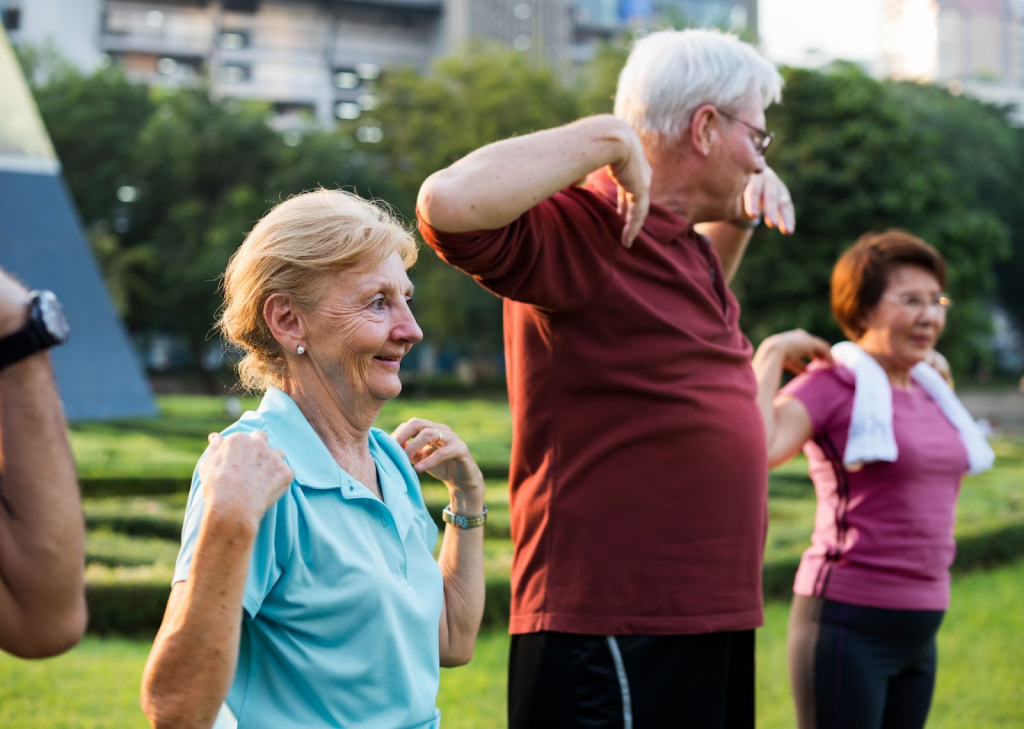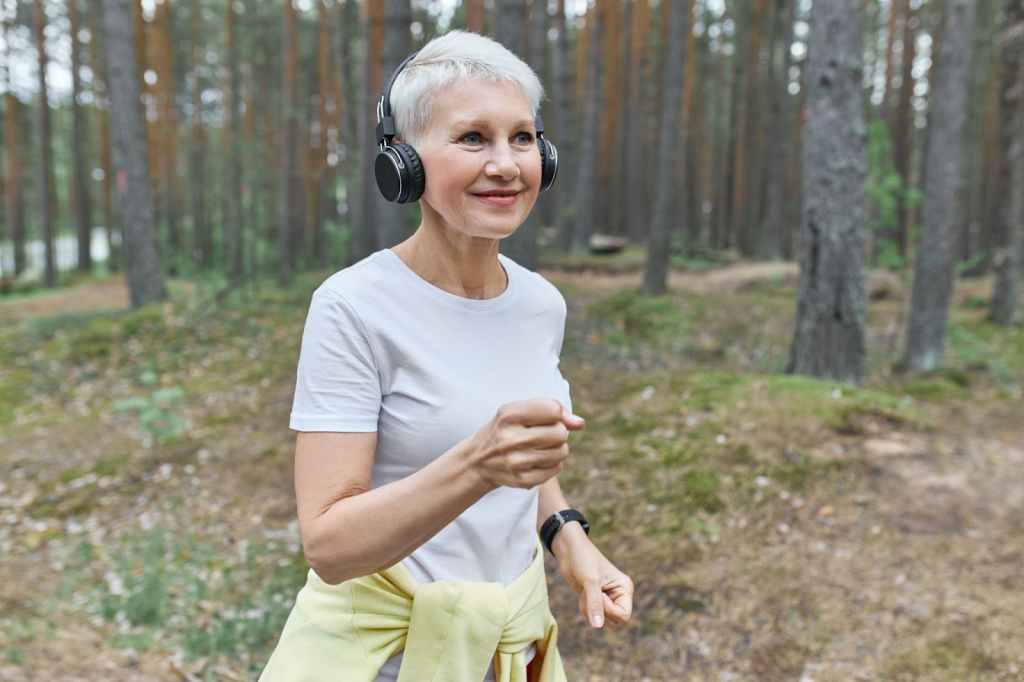
Living Actively with Arthritis
National Arthritis Awareness Month
Read Time: 8 minutes
September is National Arthritis Awareness Month in Canada — a time to raise awareness about a condition that affects more than 6 million Canadians. For seniors and their caregivers, the key message is clear: arthritis doesn’t have to stop you from living an active, fulfilling life.
The Canadian Reality
Arthritis affects approximately one in three senior males (33.8%) and one in two senior females (50.6%) aged 65 and older (Statistics Canada). By 2031, the prevalence is projected to reach 20%, representing a 38% increase from 2007 (Public Health Agency of Canada).
The most important fact? Arthritis is not a normal part of aging.
According to Arthritis Society Canada, 40% of Canadians still think arthritis is just normal aging — but it’s a serious medical condition that can be effectively managed.
Breaking the Activity Myth
One of the biggest misconceptions about arthritis is that physical activity makes it worse. The opposite is true! Physical activity helps increase strength, range of motion, joint stability, and function, and can make arthritis symptoms better (NCOA).
Many older individuals believe that the only treatments for arthritis that provide real relief are surgical ones. Seems this is just not the case!
Joint-Friendly Activities
The best activities for people with arthritis are low-impact exercises that are gentle on the joints:
Water-Based Exercise
- Swimming and water aerobics provide excellent cardiovascular benefits while reducing stress on joints. The buoyancy of water supports body weight and reduces impact.
Walking
- One of the simplest and most accessible forms of exercise. Start slowly and gradually increase distance and pace. The Arthritis Foundation offers a “Walk with Ease” program specifically designed for people with arthritis.
Cycling
- Whether stationary or outdoor, cycling is excellent for maintaining leg strength and cardiovascular fitness without high joint impact.
Movement is Medicine
Gentle Yoga and Tai Chi
- These activities improve flexibility, balance, and strength while being easy on the joints. Many community centers offer arthritis-specific classes.
Strength Training
- Light resistance exercises using bands or weights help maintain muscle strength that supports joints.
Making Activity Manageable

Start Small: Even small amounts of movement throughout the day can add up and significantly improve symptoms. Try laps around the house, chair exercises, or gentle stretching .
Listen to Your Body: Strike a balance between activity and rest. Some days will be better than others, and that’s okay.
Use Heat and Cold: Both can help relieve arthritis symptoms. If pain is the main problem, heat will help. If swelling is the main problem, cold will help (Health Canada).
Time It Right: Many people with arthritis find they have less stiffness and pain later in the day, making afternoon activities more comfortable.
Weight Management: A Game Changer
Maintaining a healthy weight is one of the most effective ways to manage arthritis, especially in weight-bearing joints like knees and hips.
A 10-15 lb. weight loss can reduce knee pain significantly (Health Canada).
Excess weight puts extra strain on joints — a recent study found that in about 80% of knee replacement surgeries, excess weight was a factor (Health Canada).
How Caregivers Can Support Active Living
As a caregiver, your role in encouraging active living can make all the difference in helping someone with arthritis maintain their independence and quality of life. One of the most powerful things you can do is become an activity partner yourself. When you offer to walk together, join exercise classes, or participate in gentle activities, you’re not just providing companionship — you’re making exercise more enjoyable and sustainable. Having someone to share the experience with often provides the motivation needed to stay consistent with physical activity.
Creating opportunities for movement goes beyond just encouragement. This might mean helping arrange transportation to fitness classes or walking groups, researching local community centers that offer arthritis-specific exercise programs, or even setting up a regular walking schedule that works for both of you. Many caregivers find that keeping a simple record of activities and how the person feels afterward helps identify which activities work best and provides ongoing motivation when progress becomes visible.

The practical side of supporting active living involves thoughtful planning around daily routines. Working with healthcare providers to time pain medications optimally can make the difference between a comfortable workout and a painful struggle. This might mean scheduling activities for when medications are most effective, or ensuring medications are taken consistently to enable regular movement.
Simple environmental changes can remove barriers to staying active. This includes investing in supportive shoes or walking aids that make movement easier and safer, removing obstacles around the home that might prevent activity, ensuring good lighting for safe indoor exercise, and creating dedicated spaces where gentle movements and stretching can happen comfortably. These modifications show that staying active is a priority and make it easier for the person to maintain their exercise routine independently.
Professional Support for Staying Active
Physical Therapy: A physical therapist can design a safe, effective exercise program tailored to specific needs and limitations.
Occupational Therapy: An occupational therapist can provide strategies and tools to maintain independence in daily activities while protecting joints.
Fitness Programs: Many communities offer arthritis-specific fitness programs. The Arthritis Foundation provides resources like “Walk with Ease” and “Your Exercise Solution.”
Managing Symptoms to Stay Active
Successfully staying active with arthritis requires a thoughtful approach to managing symptoms throughout the day. Understanding your body’s rhythm is crucial — most people with arthritis notice that pain and stiffness vary throughout the day, often being worse in the morning and improving as the day progresses. By planning more demanding activities for times when symptoms are typically lower, you can maximize comfort and success.
The key to sustainable activity lies in pacing yourself effectively. Rather than attempting large, demanding activities all at once, breaking them into smaller, manageable segments with rest periods allows you to accomplish your goals without overwhelming your joints. This approach prevents the fatigue and increased pain that often come from overdoing activities.
Consistency Matters More Than Intensity
Every activity session should begin with gentle movements that prepare your joints for what’s ahead. A proper warm-up increases blood flow to the muscles and gradually loosens stiff joints, making subsequent activities more comfortable and reducing the risk of injury. Similarly, ending each activity session with gentle stretching helps maintain flexibility and can reduce post-exercise stiffness.
Working closely with healthcare providers to optimize pain management creates the foundation for an active lifestyle. This collaborative approach might involve using over-the-counter anti-inflammatories carefully and as directed, applying topical pain relievers to specific joints before activities, or adjusting prescription medications for more severe symptoms. The timing of medications becomes particularly important — coordinating when you take pain relief with when you plan to be active can dramatically improve your exercise experience and outcomes.
Nutrition plays a supporting role in maintaining an active lifestyle with arthritis. A balanced diet provides the energy needed for physical activity while potentially helping to manage inflammation. Foods like fish rich in omega-3 fatty acids, leafy greens, and berries contain natural anti-inflammatory compounds that may help reduce joint inflammation. Adequate protein intake supports the muscle strength that’s essential for protecting and supporting arthritic joints, while calcium and vitamin D maintain the bone health that underpins all movement. Staying well-hydrated becomes especially important during exercise, as proper hydration supports joint lubrication and overall physical performance.
Hope and Encouragement
Living actively with arthritis is not only possible — it’s one of the best strategies for managing the condition. With the right approach, support, and mindset, seniors with arthritis can continue to enjoy active, fulfilling lives.
The goal isn’t to eliminate all symptoms — it’s to manage them effectively so that arthritis becomes just one part of life, not the defining factor.

Canadian Resources:
- Arthritis Society Canada: arthritis.ca
- Arthritis Research Canada: arthritisresearch.ca
